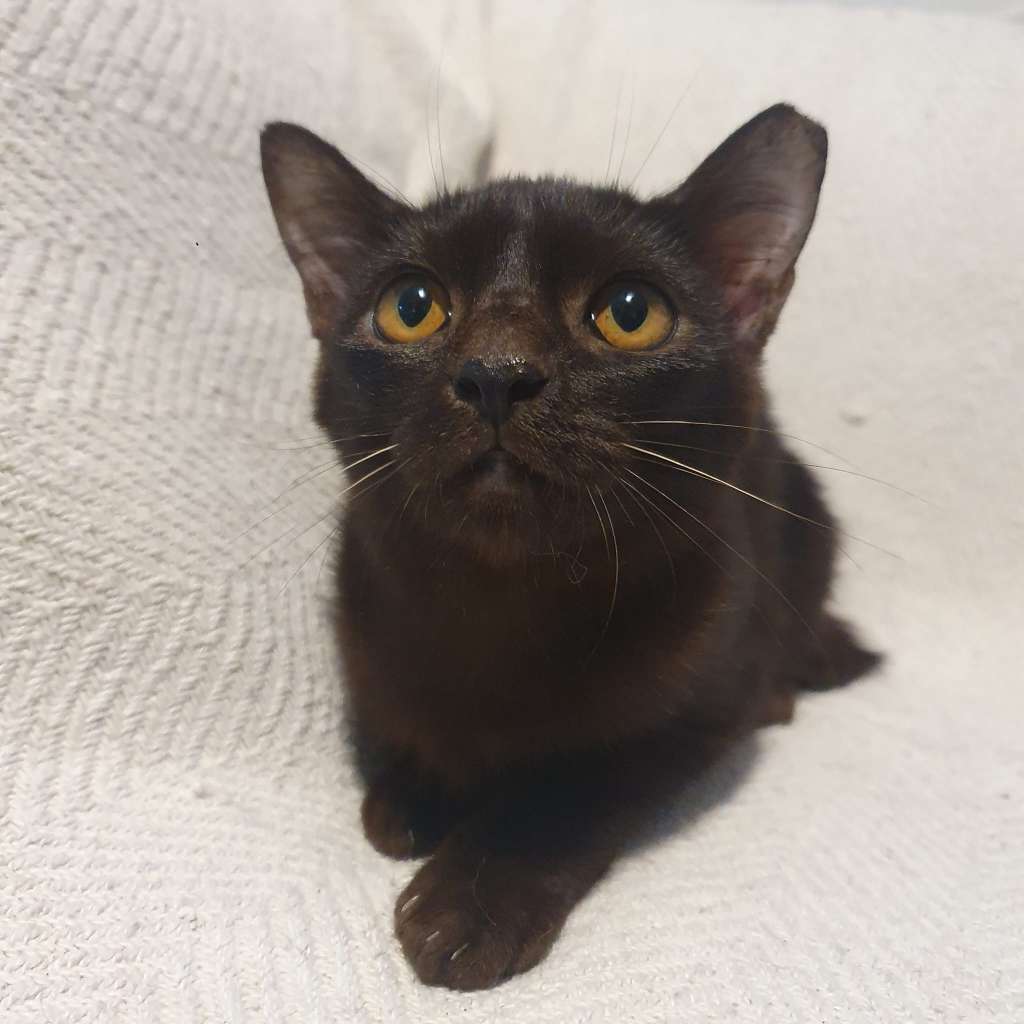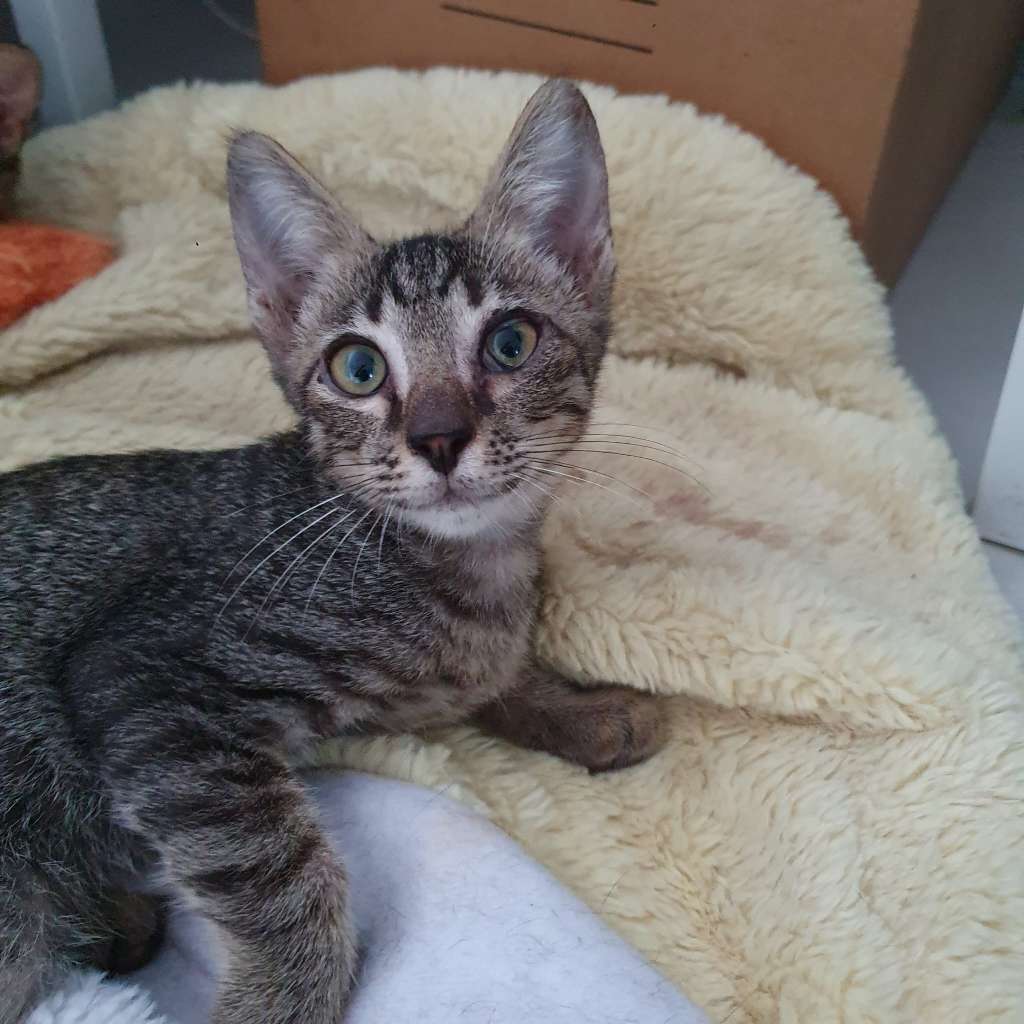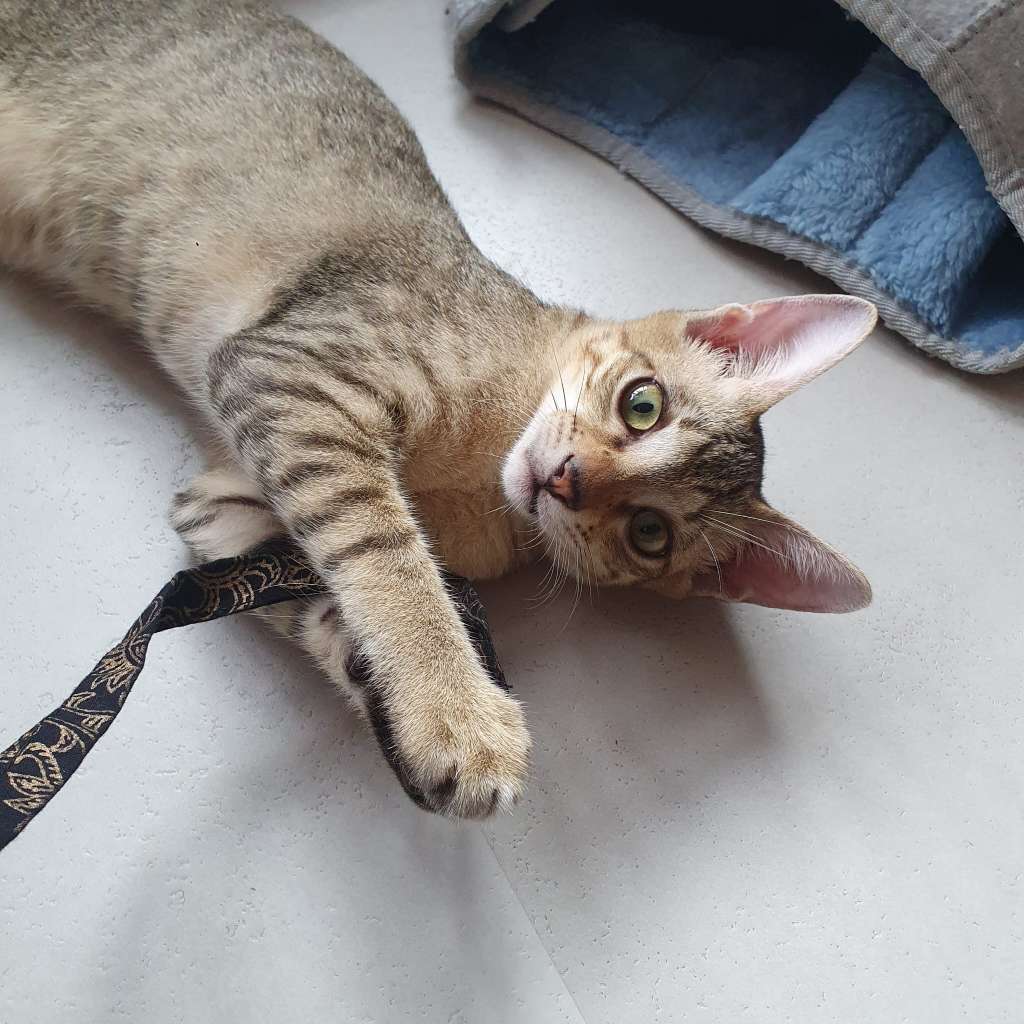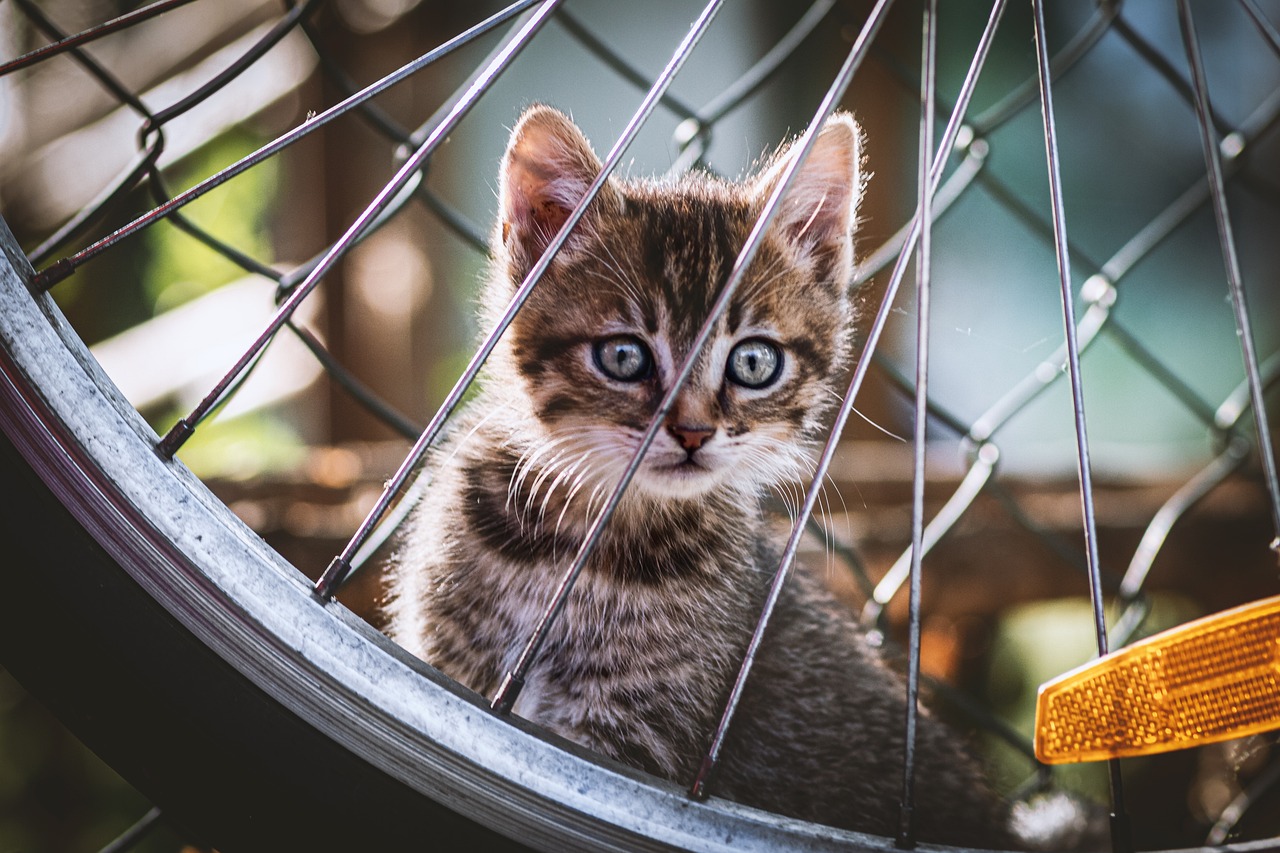Mandatory licensing and microchipping of pet cats in Singapore
Every pet cat must get a license. Here’s what cat owners need to do:
- Mandatory microchipping: This is the first step to get a license.
- Safe environment: Owners should keep their cats safe indoors and outdoors. For example, installing grilles or mesh to protect them from hazards.
- Cat control in public: When in public, cats should be in carriers or on harnesses.
- Online pet ownership course: First-time cat license applicants must take a free online course about pet care and responsible ownership.
Support for microchipping and licensing
The Cat Welfare Society (CWS) of Singapore strongly supports microchipping and registering all pet cats. This makes it easy to track and ensure accountability. Places like the UK and Queensland, Australia, have similar programs showing many benefits.
Glaring omission of mandatory sterilisation

A major missing piece is the lack of mandatory sterilisation. AVS recommends and tries to encourage sterilisation, but does not require it. Sterilising cats can improve their health, reduce certain cancers and behavioral issues like roaming or spraying.
Making sterilisation mandatory would manage the population better. Irresponsible owners with unsterilised cats often cause overpopulation, leading to issues like noise and hygiene problems. Mandatory sterilisation would solve many of these issues quickly.
Developing a special license for fosters

Foster caregivers are vital in caring for abused, neglected, or abandoned cats. CWS believes these individuals should have a special permit to foster cats at home. Responsible care will remain key, so fosters do not cause issues in their surroundings.
Pet cat ownership course
The planned pet ownership course aims to educate new cat owners. It’s under development, but it will help ensure all cat buyers understand pet care basics and the commitment involved. This course should be rigorous, similar to the adoption process, so everyone is well-prepared for the responsibilities of owning a pet.

Even those buying pets should understand the lifelong commitment and care required. This course will help ensure responsible pet ownership across the board.
Support for fosterer licenses and responsible care guidelines
Supporting fosterer licenses and responsible care guidelines
Recognizing the critical role of foster caregivers, CWS advocates for special licensing provisions. Fosterers play an invaluable part in the cat ecosystem by providing temporary homes for abused, neglected, or abandoned cats until they find permanent homes. The current framework needs to include these dedicated individuals and provide them with the necessary support.
In fostering scenarios, responsible care is paramount. Fosters must ensure their cats do not cause disamenities such as noise or odors that might disturb their neighbors. A separate permit tailored for foster caregivers would help regulate their activities, ensuring high standards of care and welfare. CWS aims to work closely with AVS to develop the parameters for such a license, which should include:
- Household safety measures: Fosters should maintain a cat-safe environment within their homes.
- Regular health checks: Ensuring that foster cats receive timely vaccinations and veterinary care.
- Limit on the number of foster cats: Depending on space and resources, a maximum number should be defined to prevent overcrowding.
- Education and training: Fosterers should undergo training to handle and care for cats with special needs or behavioral issues.
Providing tangible support to foster caregivers will strengthen the overall cat welfare ecosystem. Fosters will have the reassurance that they are recognized and supported, enabling them to focus on the critical task of rehabilitating and caring for cats in need.
“You can judge a man’s true character by the way he treats his fellow animals.” – Paul McCartney
Clear guidelines and support systems
Beyond licensing, it’s essential to have clear and practical guidelines for responsible care. Fosterers often take on more emotionally and physically demanding roles compared to regular pet owners. These guidelines should address:
1. **Environmental Enrichment:** Foster homes should provide stimulating environments with adequate toys, climbing structures, and resting areas.
2. **Behavioral Management:** Fosterers should be trained to identify and manage stress signs in cats to prevent behavioral problems.
3. **Socialization:** Fostering provides an opportunity for socializing cats, making them more adoptable. Guidelines on safe and effective socialization practices are crucial.
Fostering can be emotionally rewarding but challenging. Therefore, creating a foster community where members can share experiences, tips, and support will build a robust network of caregivers dedicated to improving the lives of cats in transit.
CWS envisions a future where foster caregivers are valued and supported through structured programs and community networks. This collaborative approach will enhance the overall efficacy of cat welfare initiatives, ensuring that every cat has the opportunity for a better life.
The success of any cat management framework relies significantly on the compassionate efforts of these foster caregivers. By providing proper resources and recognition, we can ensure a sustainable and humane approach to managing and caring for our feline friends.

Pet cat ownership course and the transition period
Transition Period Guidelines
The proposed two-year transition period will provide existing cat owners ample time to comply with the new licensing conditions. This period is not just a grace period but also an opportunity for the authorities to refine the framework and address any practical challenges that arise. Clear communication about this transition period is crucial to alleviate any misunderstandings and ensure cat owners do not feel pressured to abandon their pets.
During this transition period, it is essential to focus on supporting cat owners through:
- Education: Informing cat owners about the new rules and the benefits of compliance.
- Resources: Providing access to resources such as free or discounted sterilisation services, microchipping, and pet supplies.
- Community Engagement: Holding community events and workshops to answer questions and assist cat owners.
- Support Networks: Establishing support networks where experienced cat owners can mentor and assist others in transitioning smoothly.
Frequently Asked Questions (FAQs)
| Question | Answer |
| What happens if I can’t meet the licensing conditions in two years? | Authorities will likely provide assistance and extensions under certain circumstances. It’s crucial to communicate any challenges early. |
| Can I keep more than two cats in an HDB flat? | There may be flexibility for those who already have more than the proposed limit, as long as they can demonstrate responsible ownership. |
| What if I can’t afford the costs involved in licensing and microchipping? | There will be programs to assist low-income families, including free or subsidized services. |
| Do I need to complete the ownership course if I already own a cat? | Yes, the course is designed to benefit all cat owners, providing valuable information on responsible pet care. |
Reflect and Explore: How can a community best support its members in transitioning to these new regulations while ensuring the well-being of all cats? The answer isn’t straightforward and invites each of us to think about the balance between regulation and compassion in pet ownership. What could this balance look like in your community? Share your thoughts below!
As we enter this new phase, it’s encouraging to reflect on how responsible pet ownership and community support can lead to harmonized living environments where both humans and cats can thrive. Each of us plays a role in creating a cohesive community that values the bond we share with our feline friends.
Stay tuned to our blog for further updates on the transition period and more insights into fostering a cat-friendly community!
Expanding the trap-neuter-rehome/release-manage programme
Expanding the Trap-Neuter-Rehome or Release-Manage (TNRM) program to encompass community cats is a significant step forward. This program, which has seen success with free-roaming dogs, aims to humanely control and stabilize cat populations. The Cat Welfare Society (CWS) has long been a proponent of such initiatives, having conducted its own TNRM efforts for over a decade.
Historically, CWS has relied on donations and merchandise sales to fund the trapping, transportation, boarding, and partial sterilization of community cats. Each year, they manage to sterilize around 4,000 community cats. This number has seen a decline recently as targeted sterilization efforts for home cats have begun to show results in reducing abandonment and overpopulation. The new framework introduces increased support from AVS, taking substantial pressure off volunteer-based programs and ensuring a more sustainable and widespread impact.

The key benefits of this expanded program include:
- Population Control: By sterilizing and managing the community cat population, the incidence of disamenities such as loud mating calls, fights, and overpopulation will be reduced.
- Health Improvements: Regular veterinary check-ups and sterilization improve the overall health of community cats, reducing the spread of diseases and increasing their lifespan.
- Better Resource Allocation: With a controlled population, more resources can be allocated per cat, improving their quality of life.
The expanded support will cover a greater portion of the costs involved, such as subsidies for sterilization and microchipping procedures. Historically, AVS subsidies covered about 40% of the actual cost; additional support will make a significant difference. This will allow more community caregivers to participate in the program and help extend its reach to more neighborhoods.
For the program to be effective, CWS emphasizes the importance of responsible caregiving. Community caregivers must adhere to guidelines that promote cleanliness, regular feedings, and minimizing disturbances to the surrounding areas. Errant caregivers who litter or feed irresponsibly not only undermine the program’s effectiveness but also create negative perceptions among the wider community.
Engaging and educating caregivers remains a priority. CWS’s Community Engagement Managers play a critical role in advising caregivers and ensuring adherence to best practices. When errant behaviors persist, cases are escalated to authorities like the NEA for intervention. This collaborative approach strives to maintain harmony within the community while advocating for the welfare of the cats.
The success of the TNRM expansion will not only depend on resources and funding but also on community support and volunteer efforts. It is crucial to foster a community that values and understands the roles and responsibilities of caring for community cats.
Ultimately, this expanded program promises a holistic approach to cat management, ensuring healthier, safer, and more manageable cat populations throughout Singapore. CWS looks forward to continuing its partnership with AVS and harnessing the additional resources to benefit both the cats and the community at large.
Education and outreach on responsible pet care and community caregiving
Education and outreach are critical components of the proposed framework, aiming to foster responsible pet ownership and community caregiving practices. Cat Welfare Society (CWS) supports AVS’s initiatives in organizing engagement activities and believes that collaboration with established education programs can amplify their impact.
Engagement activities
CWS recommends AVS consider funding established education programs, like those conducted by CWS and SPCA. These programs have already demonstrated success in raising awareness about responsible cat ownership and community caregiving. Such collaboration can extend the reach and effectiveness of educational efforts.

Responsible community cat caregiving
CWS has long advocated for responsible community cat caregiving, emphasizing the importance of practices like proper feeding, swift sterilization, and provision of medical care. Community caregivers who adhere to these guidelines contribute significantly to maintaining healthy and manageable cat populations. However, a small minority of errant caregivers can tarnish the efforts by littering and causing disamenities.
To address these issues, CWS employs a three-step approach:
- Advisory: Community Engagement Managers counsel errant feeders on responsible practices.
- Encouragement: Persistent engagement to encourage adherence to guidelines.
- Escalation: If errant behavior continues, the case is escalated to NEA for penalties.
By supporting responsible community cat caregivers, AVS can ensure they are recognized and legitimized. CWS will explore ways in which authorities can help alleviate the burden on these caregivers while upholding high standards of care.
Learn more about CWS’s views on the AVS proposed cat management framework here.
